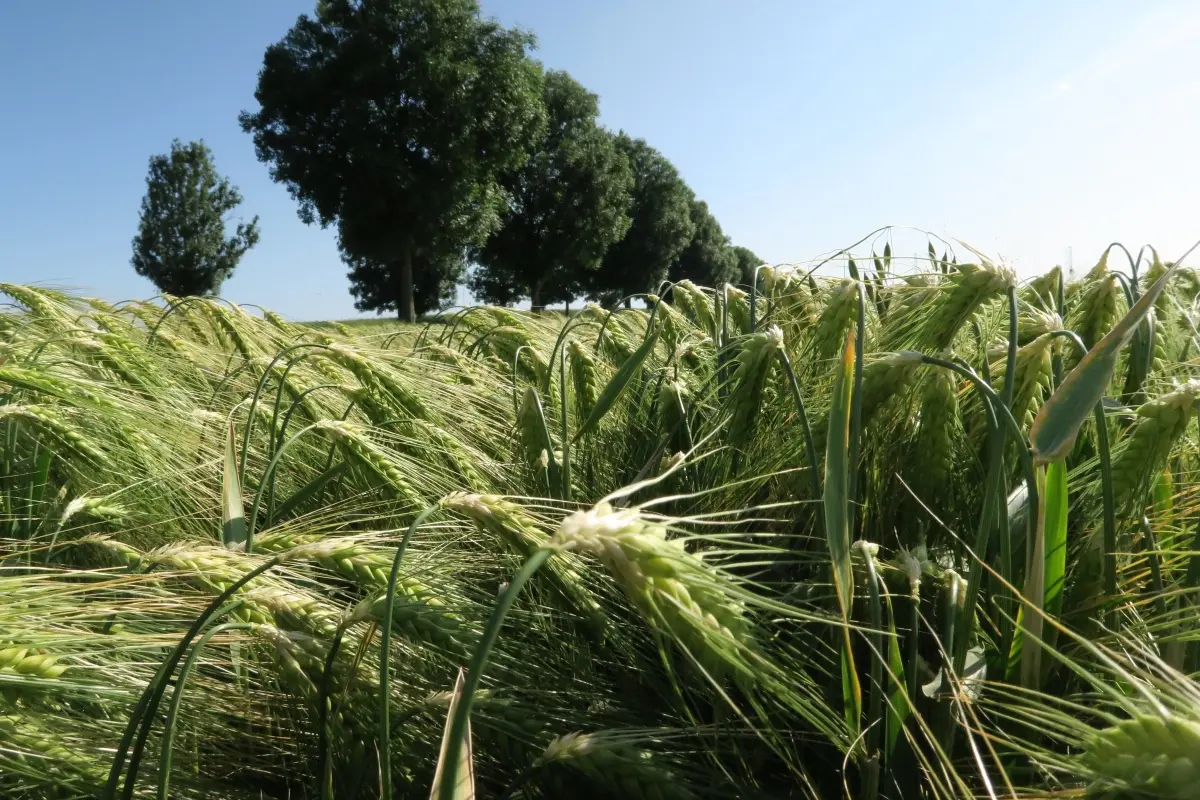
FAO /2. Cereals: Global production peak expected in 2025
Heat and drought could, however, affect yield potential, particularly for corn

FAO’s latest forecast calls for global cereal production in 2025 to reach an all-time high of 2 925 million tonnes, up 0.5 percent from last month and 2.3 percent from the 2024 level. The upward revision is due to improved prospects for wheat, maize and rice. However, hot and dry weather forecasts in some major producing regions could weigh on yield potential, especially for maize.
Wheat production is now forecast at 805.3 million tonnes, supported by higher-than-expected yields in India and Pakistan. Global maize production is also forecast to increase, driven by favourable conditions in Brazil and a larger-than-expected area planted in India, offsetting reductions in Ukraine and the EU due to dry weather and reduced planted area. Global rice production in 2025/26 is forecast to reach a record high of 555.6 million tonnes (on a milled basis), supported by improved prospects in India, Bangladesh, Pakistan and Vietnam, and despite expected declines in Iraq and the United States.
Global cereal utilization in 2025/26 is forecast at 2 900 million tonnes, up 0.8% from 2024/25. Coarse grain utilization has been revised upwards, while wheat utilization has been slightly lowered. Rice consumption is expected to increase further, driven by rising food demand and sustained ethanol production in India.
World cereal stocks at the end of the 2025/26 season are forecast to reach 889.1 million tonnes, up 2.2% from opening levels. The ratio of global cereal stocks to consumption is then expected to rise to 30.3%, suggesting a relatively comforting supply outlook.
Global cereal trade in 2025/26 is projected to reach 486.9 million tonnes, up 1.2% from 2024/25. Wheat and rice exports are forecast to increase, with rice trade reaching an all-time high of 60.8 million tonnes. In contrast, maize trade is expected to decline slightly, while barley and sorghum trade is likely to increase.
EFA News - European Food Agency